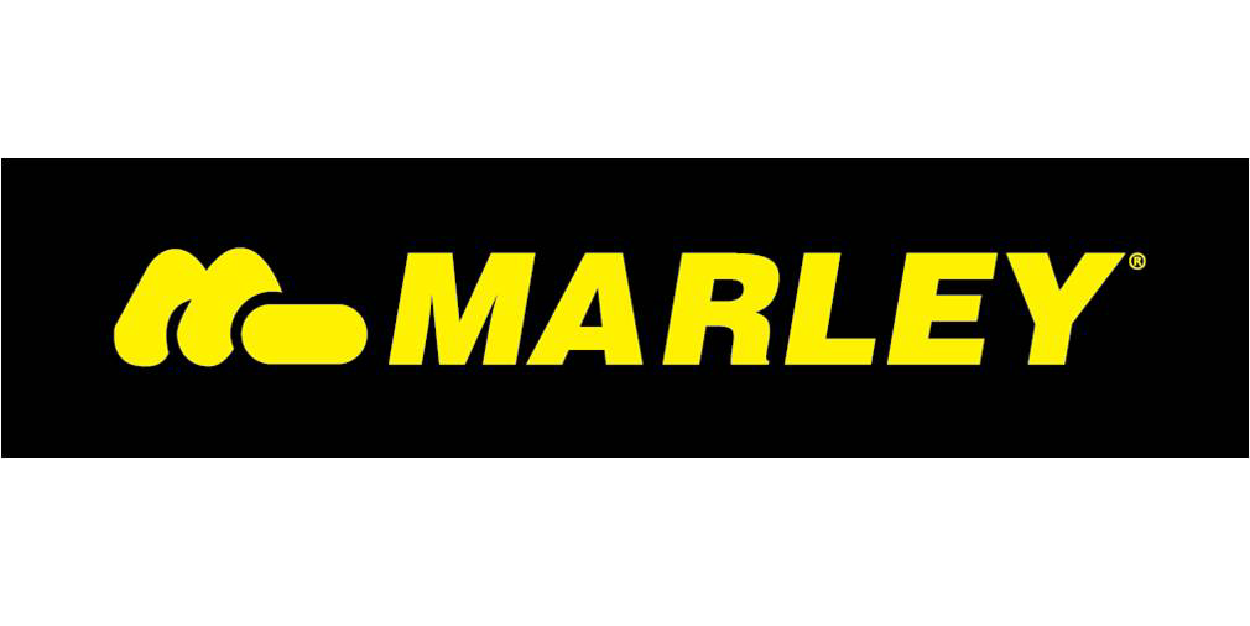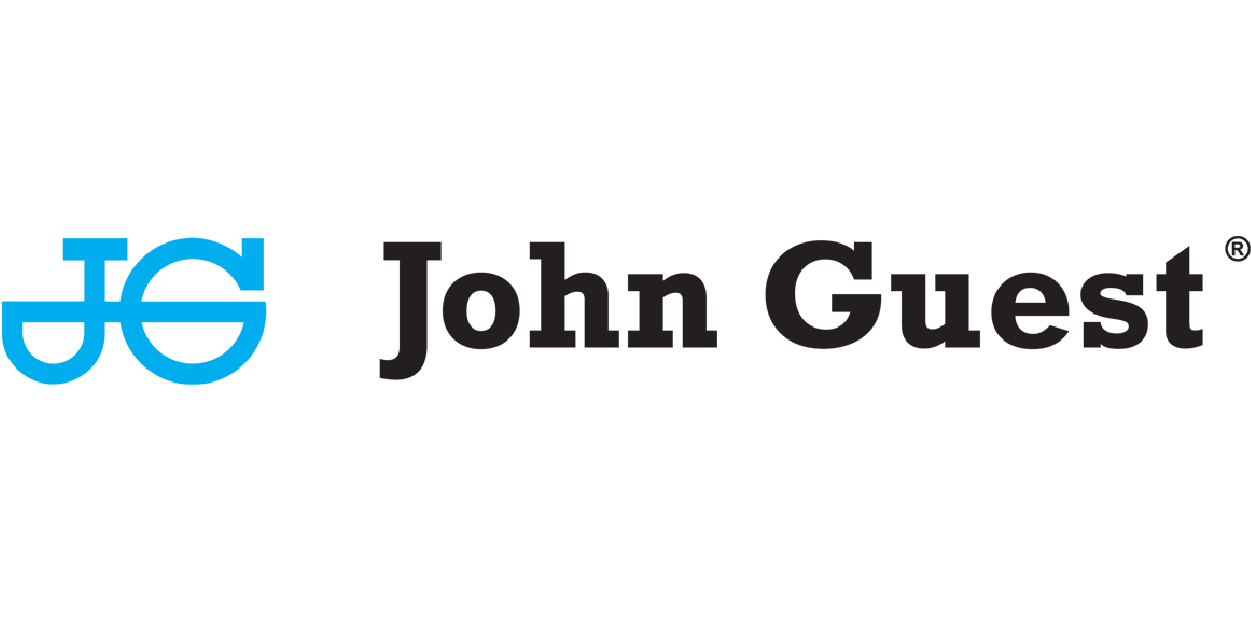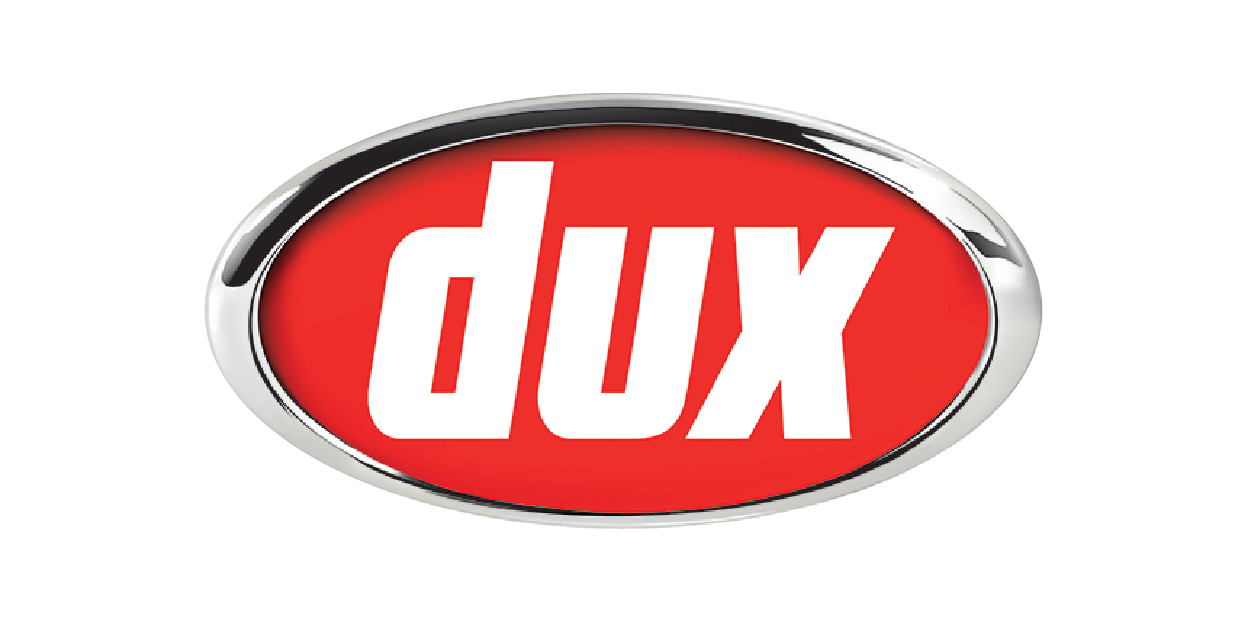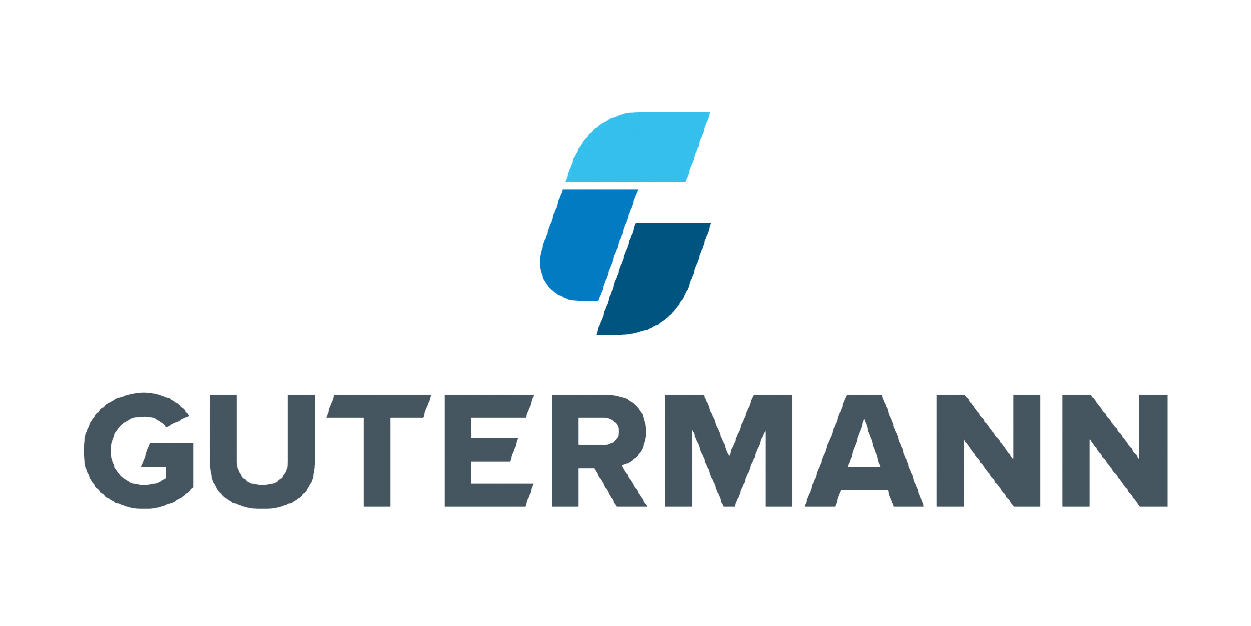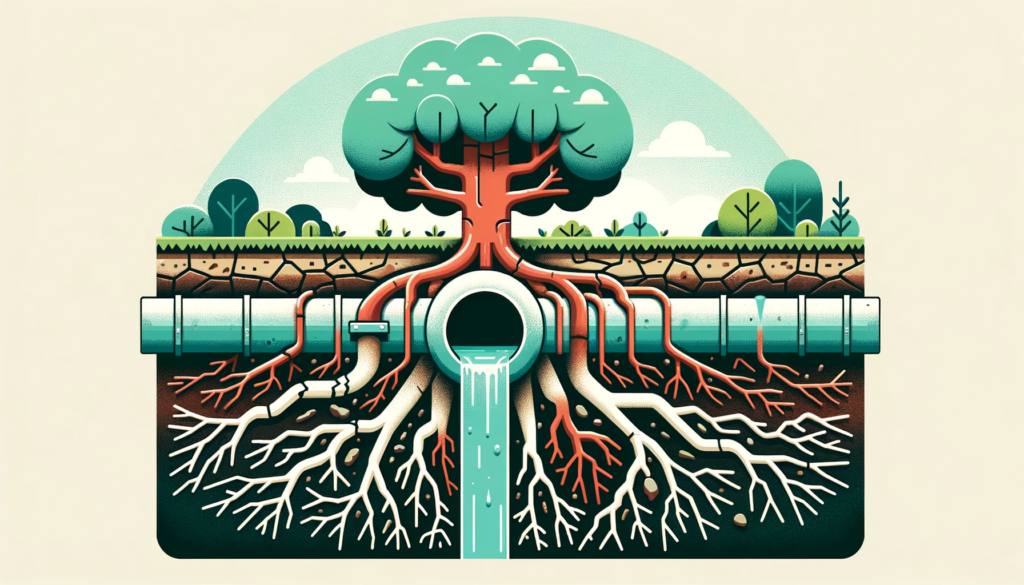
Call Today 09 973 4973 or
Methane, a potent greenhouse gas, is commonly used in various sectors such as energy production and agriculture. However, methane leaks can lead to significant environmental impact and safety hazards, making its detection critical. This article explores methane leak detection, the importance of monitoring methane emissions, the technologies used for leak detection, and the role of professional services in this field.
Understanding Methane and Its Uses
Methane, the primary component of natural gas, is widely used as a fuel source for electricity generation and heating. It is also produced by livestock and other agricultural practices and by the decay of organic waste in municipal solid waste landfills. While methane is a useful resource, uncontrolled emissions due to leaks can have serious repercussions.
The Importance of Methane Leak Detection
Methane has a global warming potential 25 times greater than carbon dioxide over a 100-year period, according to the Intergovernmental Panel on Climate Change. This makes managing its emissions crucial in the fight against climate change. Additionally, methane leaks can result in explosions, making leak detection vital for safety in residential, commercial, and industrial settings.
Methane Leak Detection Technologies
Several technologies are used to detect methane leaks. Infrared imaging allows for visual detection of leaks, even those that are invisible to the human eye. Laser-based systems can provide accurate detection and quantification of leaks from a safe distance. Acoustic sensing and gas sampling analysis are also used in some scenarios. Advanced software systems can integrate data from these technologies, providing a comprehensive understanding of leak points and the extent of methane emissions.
Role of Regulatory Bodies and Professional Services
Regulatory bodies play a key role in managing methane emissions, with policies in place to monitor and reduce leaks in the oil and gas sector, agriculture, and other methane-intensive industries. These regulations often mandate regular inspections, emissions reporting, and implementation of leak detection and repair programs.
Professional services specializing in methane leak detection are critical in complying with these regulations and in maintaining safety. They offer expertise in using advanced technologies, interpreting data, and providing actionable insights for managing methane leaks effectively.
Moving Forward
While methane is a valuable energy source, it is essential to monitor and control its emissions diligently. Technological advancements have made it possible to detect methane leaks efficiently, aiding in both environmental protection and safety. With the combined efforts of regulatory bodies, industries, and professional services, we can strive towards minimizing methane leaks and their associated risks.
Suppliers
